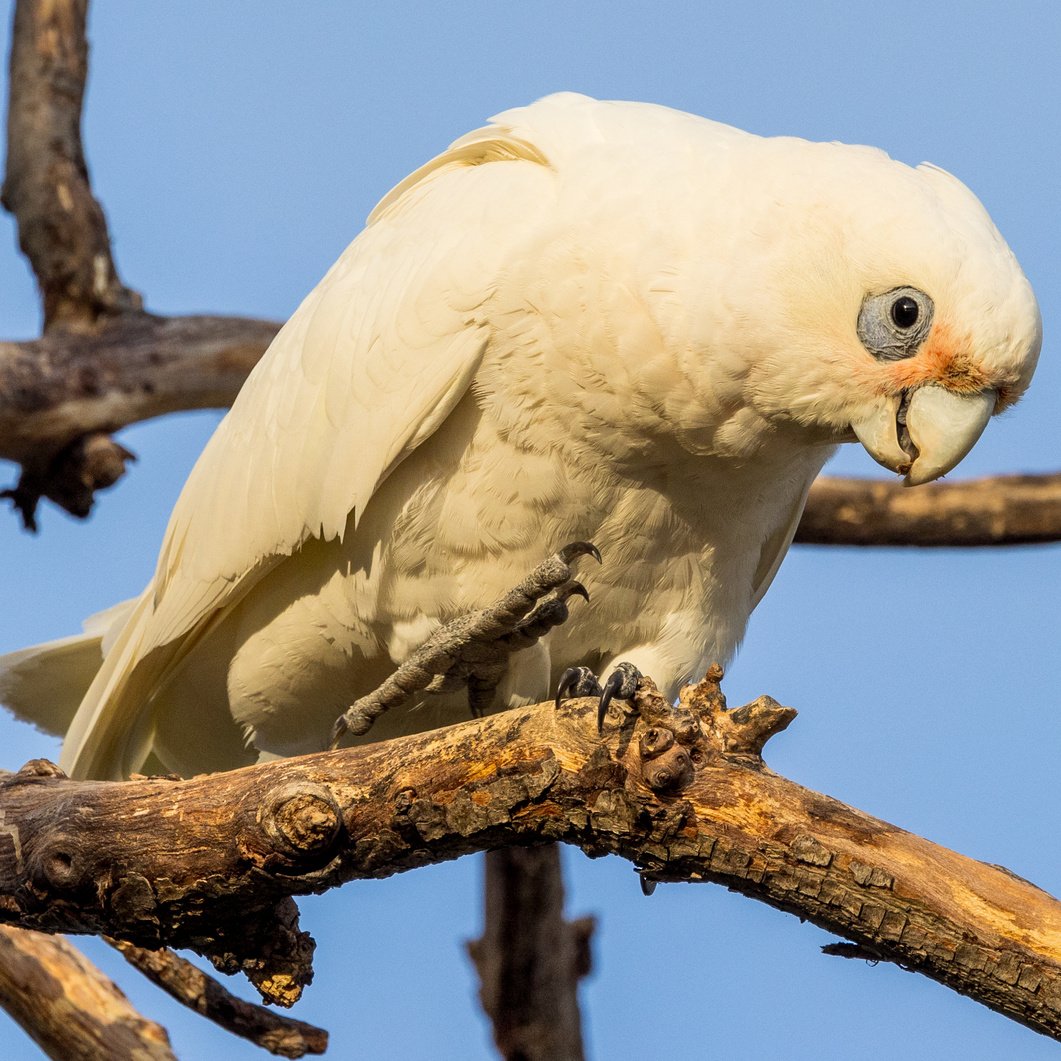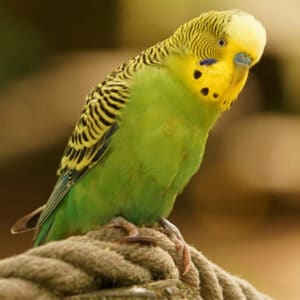
Unlocking the Secrets of Goffin’s Cockatoo Problem Solving
Last Updated on by Mitch Rezman
or: A Decompositional Analysis of Parrot Behavior in Mechanical Challenges
Goffin’s cockatoos are renowned for their exceptional intelligence, particularly in solving complex mechanical problems.
These birds, native to the Tanimbar Islands of Indonesia, exhibit behaviors that fascinate biologists and engineers alike—demonstrating skills in tool use, tool manufacture, and even the ability to solve mechanical puzzles.
Yet, the mechanisms that drive this adaptive behavior remain largely unknown.
This article presents an interdisciplinary approach to studying these birds’ problem-solving abilities, blending insights from biology and robotics.
By exploring the proximate mechanisms underlying the cockatoos’ behavior, we aim to illuminate pathways for both fields to better understand complex problem-solving processes.
The primary focus of our study is the cockatoos’ interaction with a “lockbox,” a complex environment designed to test their mechanical skills. Within this context, we closely examine three key behavioral components:
(1) engagement, or the birds’ motivation to interact with the environment;
(2) sensorimotor skill learning, which entails the gradual refinement of the parrots’ physical manipulations; and
(3) action selection, or the decision-making process guiding which actions the birds attempt in response to the lockbox’s challenges.
These facets are crucial to understanding the birds’ success, yet none alone can account for their ability to adapt.
Our findings reveal that these components are interdependent, requiring a holistic approach to explain the cockatoos’ adaptive behavior.
Engagement without sensorimotor skills would likely result in aimless interaction, while sensorimotor learning without appropriate action selection would lack direction.
The parrots’ success in mechanical problem-solving is thus the result of a delicate balance between these elements, each influencing the others as they navigate the lockbox environment.
This interplay hints at the intricate cognitive processes that Goffin’s cockatoos employ to tackle mechanical problems.
We discuss potential methods to further identify the mechanisms driving this adaptive behavior.
One approach is *decompositional analysis*, which involves breaking down complex behaviors into their constituent parts.
By analyzing engagement, sensorimotor skills, and action selection individually, we can begin to understand how these aspects contribute to problem-solving as a whole.
However, we caution against formulating detailed models too early. Given the limited behavioral data currently available from studies on Goffin’s cockatoos, an incremental approach is more realistic and promising.
Our incremental approach to modeling begins by establishing constraints on proximate mechanisms.
Rather than attempting to build a complete model from limited data, we advocate for identifying boundaries within which potential models must operate.
This approach allows us to refine our understanding gradually, adapting our models as more data becomes available.
In this article, we apply this idea to the existing data on Goffin’s cockatoos, suggesting initial constraints that can inform future models.
This incremental, constraint-based modeling approach is particularly relevant as researchers work to identify mechanistic explanations for increasingly complex behaviors.
As the field of robotics continues to strive toward building agents capable of flexible problem-solving, the study of animals like Goffin’s cockatoos offers valuable insights.
Both fields share a common challenge: creating models that account for behavioral flexibility in complex environments. By studying how parrots solve mechanical puzzles through decompositional analysis, we can inspire new directions for engineering artificial agents that exhibit similar adaptability.
In conclusion, our analysis of Goffin’s cockatoos underscores the need for interdisciplinary approaches to understanding complex behavior.
The birds’ problem-solving abilities arise from a complex interaction between their environment and the behavioral processes of engagement, sensorimotor skill learning, and action selection.
We encourage future research to adopt incremental, constraint-based models as a pathway toward uncovering the proximate mechanisms that drive such behavior.
This combined approach holds the promise of deepening our understanding of animal cognition while inspiring new advancements in artificial intelligence and robotics.
Written by Mitch Rezman and the Windy City Parrot Content Team
Author Profile
Latest entries
 The Traveling BirdJune 26, 2025Can You Name 5 Parrot Species That Are Living Wild in the USA?
The Traveling BirdJune 26, 2025Can You Name 5 Parrot Species That Are Living Wild in the USA? Bird BehaviorJune 26, 2025How is it Parrots Are Problem Solvers Social Animals and Even Use Tools?
Bird BehaviorJune 26, 2025How is it Parrots Are Problem Solvers Social Animals and Even Use Tools? Bird & Parrot AnatomyJune 25, 2025How a Tiny Chemical Modification Makes Parrots Nature’s Living Paintings
Bird & Parrot AnatomyJune 25, 2025How a Tiny Chemical Modification Makes Parrots Nature’s Living Paintings PigeonsJune 20, 2025How Do Parrots Thrive in Cities Outside Their Native Habitats?
PigeonsJune 20, 2025How Do Parrots Thrive in Cities Outside Their Native Habitats?


